At a Glance: Resin 3D printing is an additive manufacturing method using UV light to solidify liquid resins layer by layer, creating parts with smooth surfaces, precise details, and strong chemical resistance, ideal for prototypes, tooling, and end-use production.
The primary benefits of resin 3D printing over other 3D printing technologies are simple: typically smoother surfaces, finer detail, greater chemical resistance, and longer-lasting part performance – with material options from tough and flexible to biocompatible and flame-retardant.
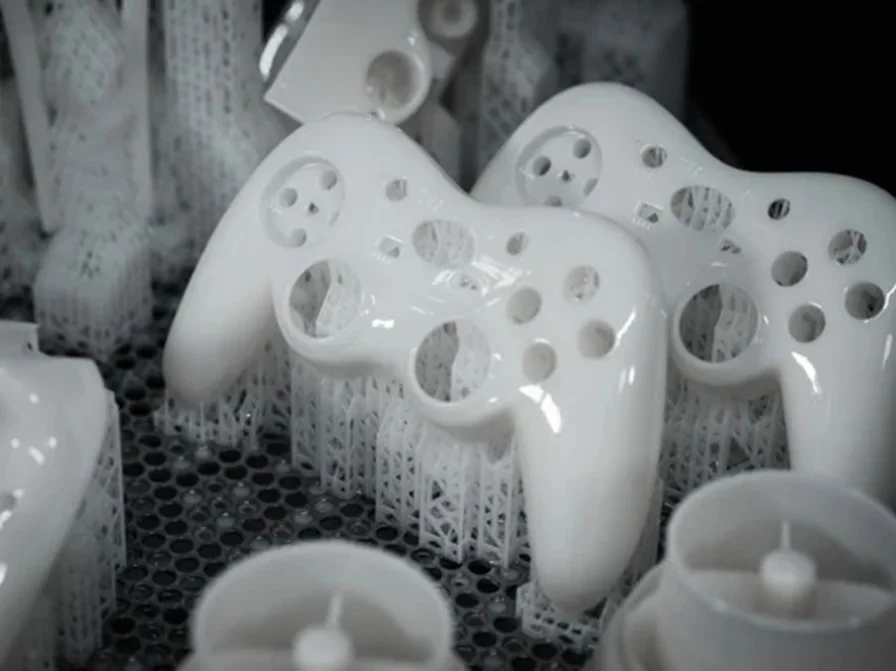
That’s because while some 3D printing methods like material extrusion (FDM) and power bed-fusion (SAF®, SLS) use thermoplastics that melt and re-solidify, resin 3D printing methods takes a different approach.
Technologies like SLA, DLP and Material Jetting use UV light to cure photopolymer liquid resins. This process doesn’t melt and set the material – it triggers a chemical reaction that creates strong, stable parts with a thermoset structure.
And in many cases, stakeholder approval the first time around, because the part doesn’t only work, but looks right too. For design, engineering, and manufacturing teams, that means fewer delays and more confidence at every stage. Whether you're building prototypes for consumer products or dental appliances, surface quality and fidelity aren't just nice to have, they’re business-critical.

Different 3D printing manufacturers may use their own terms to describe resin 3D printing. At Stratasys, we’ve spent years developing a comprehensive range of resin 3D printing solutions – each designed to meet specific performance, material, and application needs:
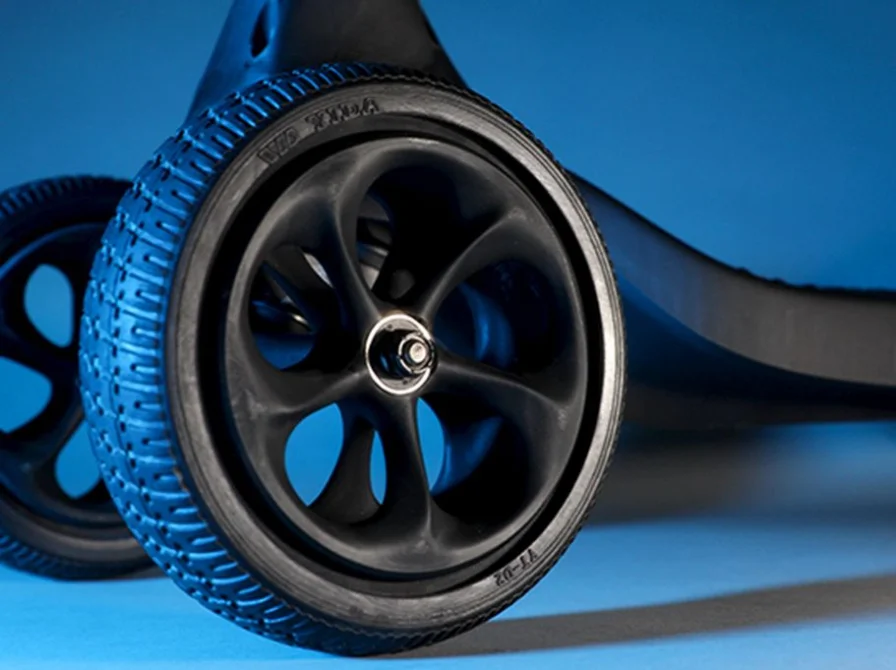
Our resin 3D printing technologies are optimized not just for quality, but for real manufacturing workflows. Because speed matters. But speed with precision? That’s how you gain your competitive advantage.
We dive into each of our resin 3D printing technologies further down.
Here’s the truth from the trenches: you don’t pick a printer. You pick an outcome.
You want parts that feel real. Or a workflow that scales. Or regulatory compliance without chaos. Start there.

Stratasys offers three distinct resin 3D printing technologies – each designed to solve different challenges across prototyping, tooling, and production.
SLA resin 3D printing is often the entry point into the world of photopolymer printing – and for good reason. It uses a laser to cure resin layer by layer, delivering parts and prototypes with ultra-smooth surfaces and crisp detail.
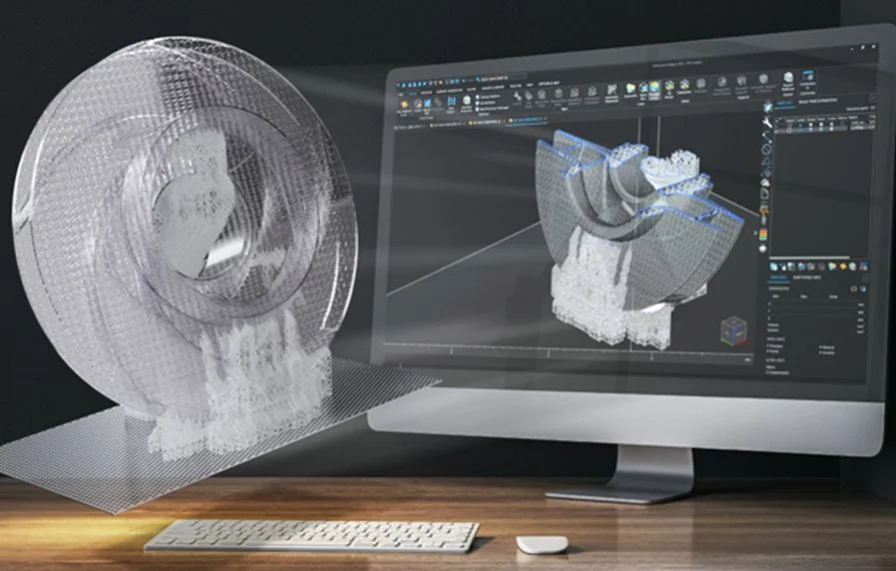
P3 is Stratasys’ evolution of DLP printing, designed for repeatable high accuracy (50 micron and below) and tight tolerance, production-grade parts with minimal post-processing. It cures each layer with a digital light , while tightly controlling exposure, temperature, and separation forces to maximize accuracy and repeatability.
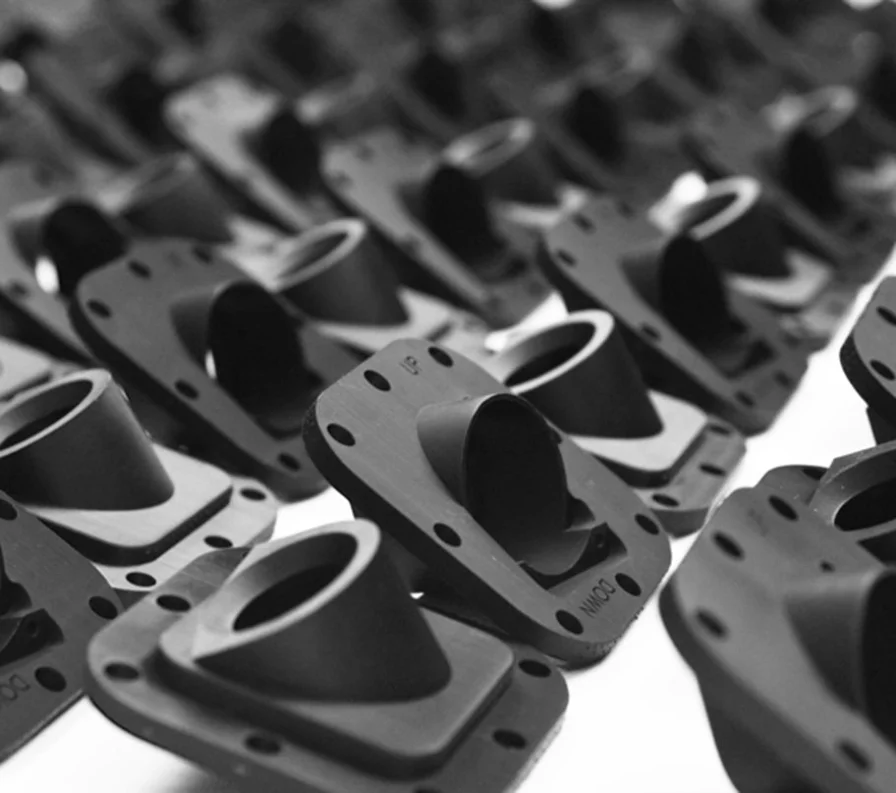
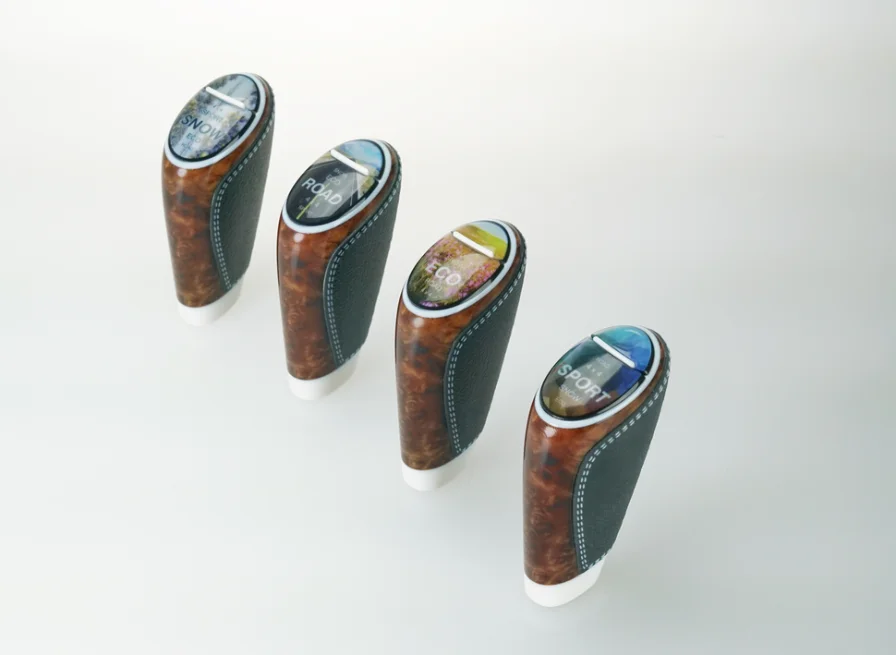
PolyJet technology jets multiple resins at once, curing them with UV light to produce multi-material, full-color parts with unrivalled realism. From prototypes that simulate overmolding to anatomical models with lifelike textures, it brings your designs to life, exactly as envisioned.
and the TechStyle™ printer, specifically developed for 3D fashion and textile applications. Resin 3D printing that’s optimized for industries like healthcare, consumer goods, and product design, offering a wide range of material combinations and finish options.
When investing in resin 3D printing at an industrial level, the question isn’t just which technology, it’s what ecosystem will actually support your throughput, quality, and growth.
Here’s what to consider when making a decision:
Just because a printer says it can handle lots of resins
doesn’t mean it handles them well. If the materials haven’t been tested and tuned for that machine, you’ll be stuck guessing the right settings – and wasting time and parts in the process.
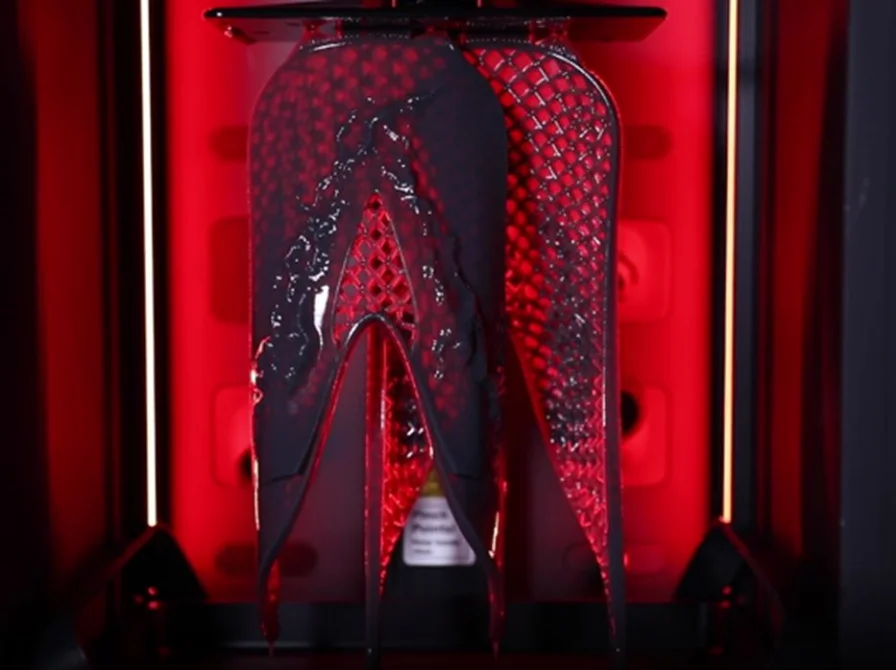
Look for a system with pre-validated materials, where the print profiles are already dialed in. That way, you get consistent results from your resin 3D printer right from the start.
Stratasys offers a full range of validated resins, such as tough, flexible, high-temp, or biocompatible – all optimized for the specific resin 3D printing technology you’re using.
Disconnected workflows slow everything down. If your resin 3D printer doesn’t talk to your CAD tools or MES system, you’re adding hours of manual steps. Stratasys resin printers use GrabCAD® Print™ and GrabCAD® Print Pro™ – software that connects your entire workflow, from design to final build.
You can:
It’s all built to reduce human error and help your team move faster, with fewer failed prints.

You need a resin 3D printer that performs consistently – across builds, shifts, and locations. Stratasys technologies like SLA, P3 and PolyJet are designed for that kind of pressure, with industrial-grade components and process control built in.
They deliver:
If you're printing snap fits, housings, or functional parts, cosmetic quality isn't enough. You need accuracy, strength, and durability to match.
Stratasys resin 3D printers are engineered for:
Because a smooth surface is great. But a smooth surface that holds up under pressure is what counts.
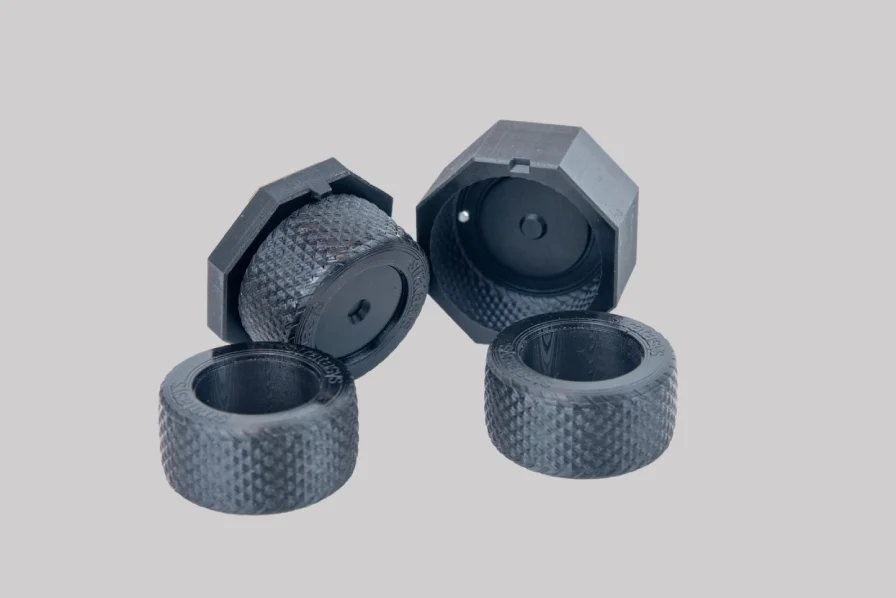
Your business doesn’t have time for downtime. Industrial printing means real production demands. With Stratasys, you’re not just buying a printer, you’re accessing a global support ecosystem that includes worldwide service and application engineering; fast access to resins and spare parts; and training resources to upskill your team.
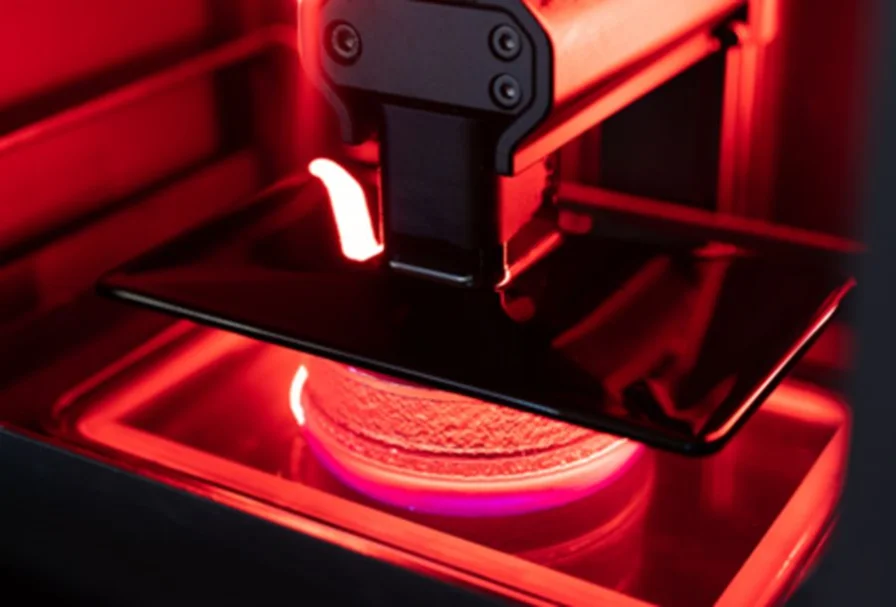
Here’s how the core resin 3D printing technologies from Stratasys compare so you can choose the right fit for your application.
|
Feature |
SLA |
P3 DLP |
PolyJet |
|
Curing Method |
Laser-based photopolymerization |
Digital light projection with optimized process control |
Inkjet-style resin deposition with UV curing |
|
ISO/ASTM 52900 Category |
VAT Photopolymerization |
VAT Photopolymerization |
Material Jetting |
|
Speed |
Moderate |
|
Fast |
|
Surface Finish |
Outstanding |
Excellent |
Excellent |
|
Multi-Material |
|
|
|
|
Color Capabilities |
Limited |
Limited |
Full color |
|
Ideal Use Case |
|
Tooling, final production parts |
Realistic models |
|
Materials
|
Clear, tough, castable, high-temp |
|
Flexible, full-color, transparent, biocompatible
|
So what’s the best resin 3D printer for you? It depends. But don’t worry – we’ll help you figure it out.
If you're exploring resin 3D printing options, here's how Stratasys technologies compare to other leading systems.
Not all printers are built the same – and the difference is clear in the uptime, part quality, and finishing time.
Where many alternatives alternatives still struggle with reliability, locked resin systems, and poor surface finish, we designed the Neo series to avoid those bottlenecks.

Users of Neo 3D resin printers report faster builds, fewer failed parts, and up to 50% less post-processing time compared to legacy SLA systems.
See how McLaren Racing uses Stratasys Neo technology for high-precision, large-format resin 3D printing.
Most DLP printers are optimized for speed. But Stratasys’ P3 resin 3D printing technology was engineered for precision manufacturing: high accuracy, repeatability and industrial-grade quality for tooling and end-use parts.
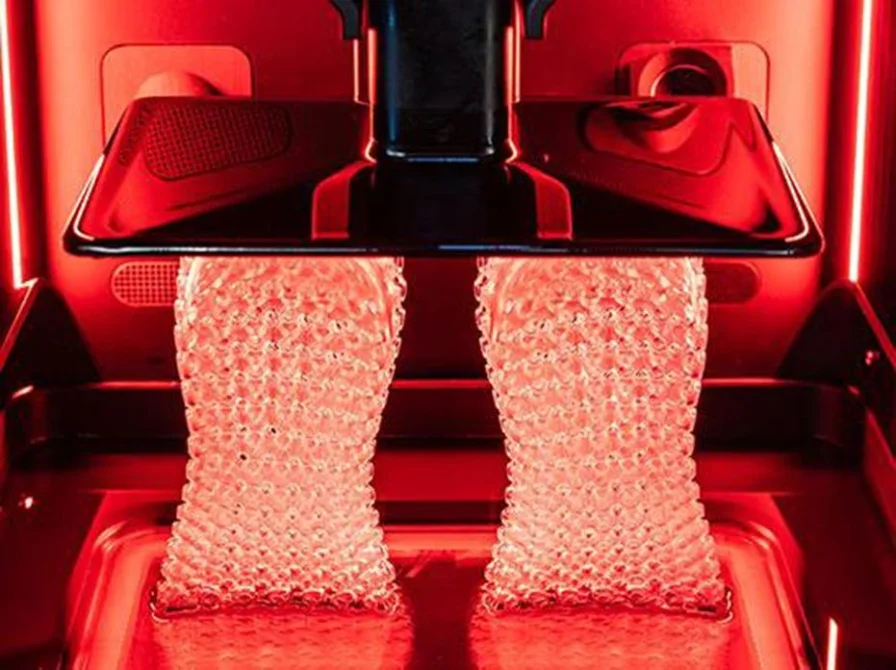
Tightly controlled process for consistent, reliable results
Wide range of performance materials from tough and elastomeric to high-temp and biocompatible
Validated workflows for high-regulation sectors.
Resin 3D printing with P3 offers the accuracy and surface finish of DLP, but with far greater repeatability and part performance.
For Thorlabs, the original cost of a particular part was about $11. Using Stratasys P3, the cost per part is a little more than $3, resulting in savings of $20,000 a year.
Although considered similar and benchmarked against one another, LCD and DLP 3D printing are in fact very different technologies. See how they compare.
We get it. Material jetting 3D printers promise fine detail too. But when it comes to material versatility and part realism, PolyJet resin 3D printing stands apart.
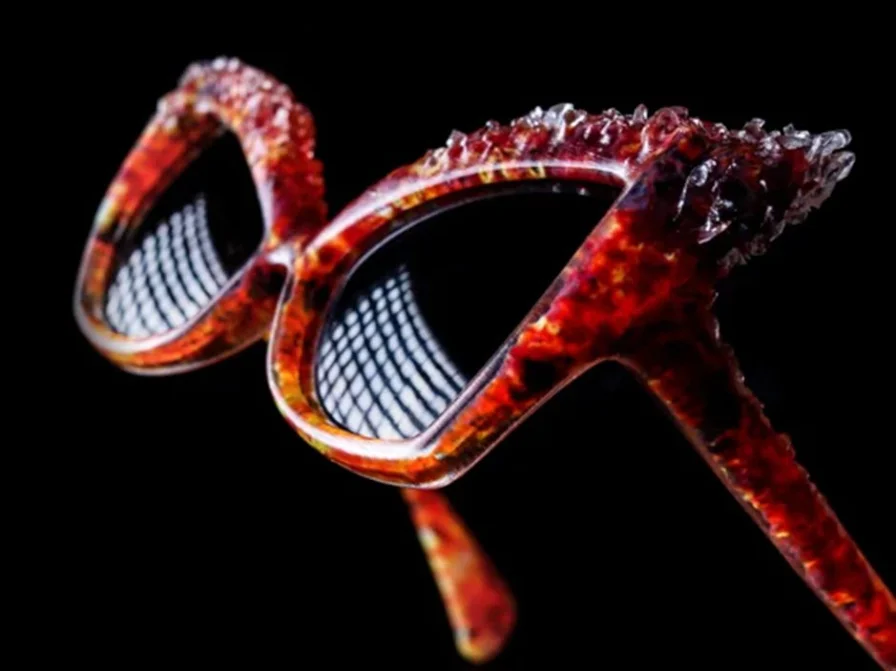
Why?
In industrial resin 3D printing, those time savings compound. A Stratasys automotive client used PolyJet to simulate overmolded parts with two durometers, cutting their design cycle by 60%.
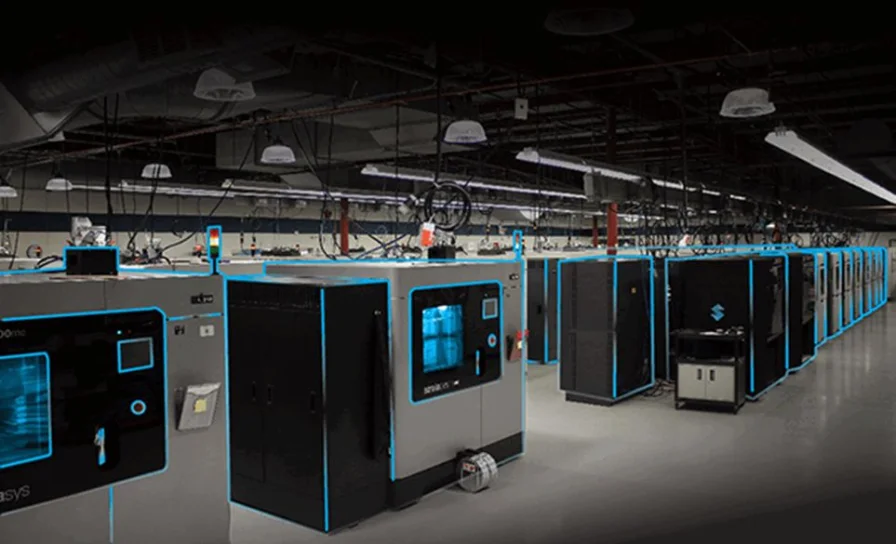
Whether you're prototyping or producing, Stratasys Direct® can deliver high-quality, high-resolution parts in as little as 3 days. Using advanced systems across P3, SLA, and PolyJet platforms, we offer access to the full Stratasys resin 3D printing portfolio – engineered for heat resistance, strength, flexibility, and detail.
As the original additive manufacturing pioneers, we don’t just provide machines, we provide parts that meet your standards.
Get 3D Printed Parts with Stratasys Direct®
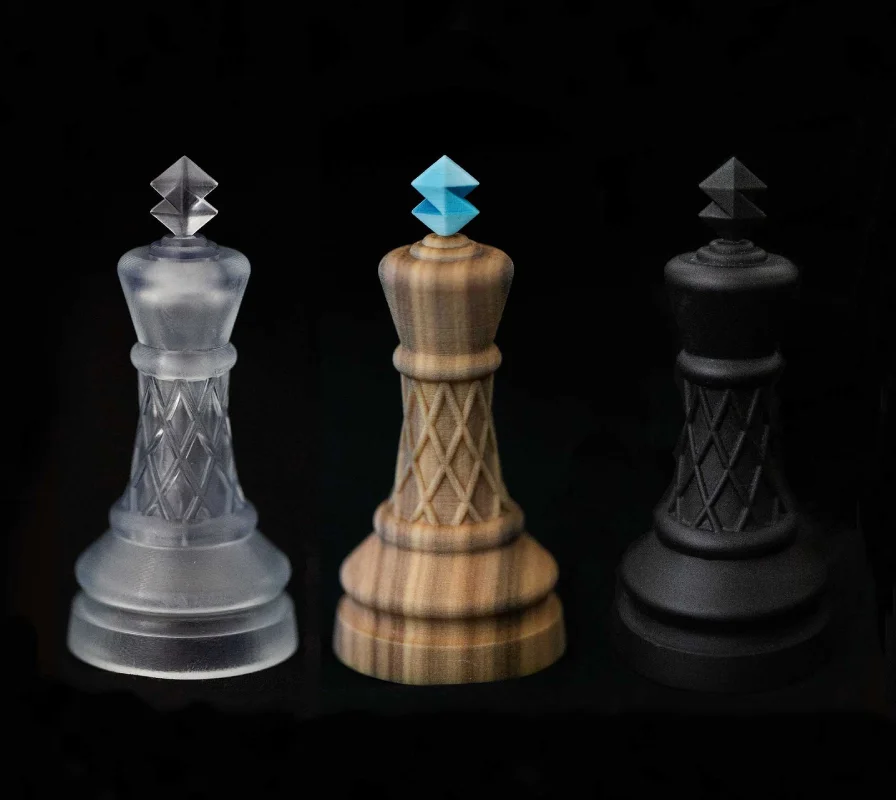
Now, watch our webinar: Battle of the Tech, where we dive into more detail about the costs, secret weapons, winning strategies and practical considerations of each of our resin rival technologies.
What is resin 3D printing?
It’s a type of additive manufacturing that uses UV-curable resin to create parts layer by layer. SLA, P3 (DLP), and PolyJet are the primary technologies. The other Stratasys technologies use filaments (FDM) and polymer powder (SAF) instead of resin.
What are the best resin 3D printers available?
It depends on your use case. For multi-material resin 3D printing, PolyJet is unmatched. For speed and production-ready throughput, P3 (DLP) leads the pack. And for high-detail or large models, SLA is a solid entry point.
How does 3D printing with resin work?
Resin 3D printing uses UV to cure liquid resin, solidifying it layer by layer. Different technologies approach it differently – SLA uses a laser, DLP uses a projected image, and Material Jetting jets resin droplets that cure instantly under UV light.
What are the top resin 3D printers for industrial use?
For industrial resin 3D printing, Stratasys offers several standout systems. The J850™ printer (PolyJet) excels in visual realism, while the Origin® Two printer (P3 DLP) is trusted for production parts in aerospace, automotive, and healthcare. The Neo®800 printer and Neo®450 printer are ideal for producing investment casting patterns or for use in large-scale wind tunnel applications.
What are the advantages of using resin 3D printing?
The biggest advantages of resin 3D printing are its ultra-smooth surface finish, fine feature resolution, and wide range of material options – from flexible and tough to biocompatible and castable. It’s ideal for precision 3D manufacturing where visual and mechanical fidelity matter.
What’s the environmental impact of resin 3D printing?
While resin 3D printing is incredibly precise, some resins can be hazardous if not handled properly. That’s why Stratasys prioritizes responsible materials, , and waste-minimizing print workflows. .
Can resin 3D printing be used for final part production?
Absolutely – resin 3D printing is increasingly used for production, not just prototyping. Technologies like Stratasys P3 and PolyJet support production-grade resins and tight tolerances. Many customers use P3 to produce low-volume, high-performance parts for dental, medical, and consumer goods.
How do I know if I need resin 3D printing instead of filament or powder-based technologies?
Start with your part requirements. If you need ultra-smooth surfaces, fine detail, or multi-material realism, resin 3D printing is likely the best fit. If you’re optimizing for strength, cost, or powder reuse, you might also consider FDM® or SAF technologies. In many cases, our clients combine technologies – using resin 3D printing for validation and SAF or FDM® for production.
Can I use one type of resin in different 3D printers?
Not usually. Different resin 3D printers require resins tailored to their specific curing process. Even similar technologies may use different wavelengths or settings, so resins aren’t always interchangeable.
Always check if the resin is suitable for your printer, as using the wrong one can cause damage or failed prints.
What do the different Stratasys material categories mean?
Stratasys Preferred Materials: These are materials that have undergone extensive testing by Stratasys to ensure optimal performance and reliability. They're fully supported by Stratasys, come with comprehensive documentation, and are ideal for applications requiring high precision and consistency.
Validated Materials: These have been tested by Stratasys for basic reliability, offering a broader range of options for various applications. While they may not have the same level of support as Preferred Materials, they provide flexibility for users looking to explore different material properties.
Open Materials: These are third-party materials that can be used with Stratasys printers through the OpenAM™ software. This category allows users to experiment with a wide variety of materials, offering maximum flexibility for specialized applications. However, these materials are not tested or supported by Stratasys, so users should conduct their own validation.
